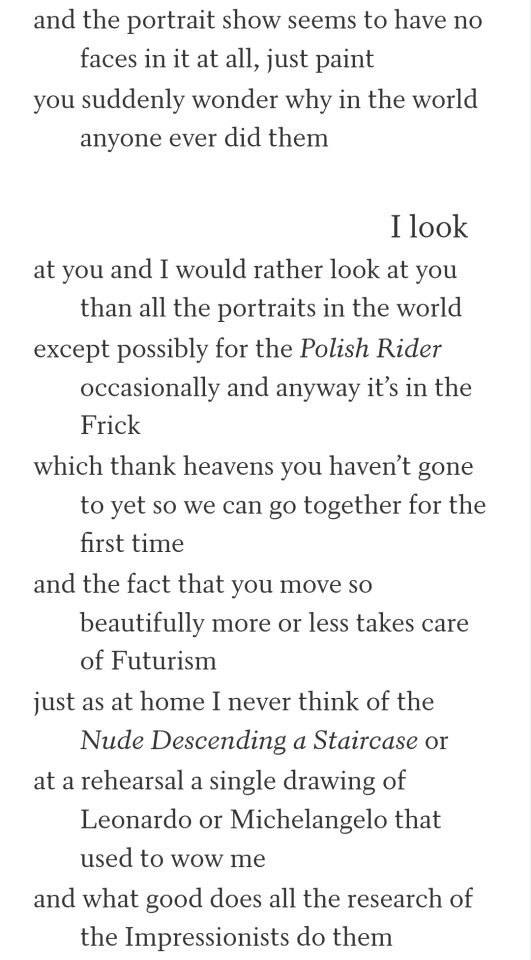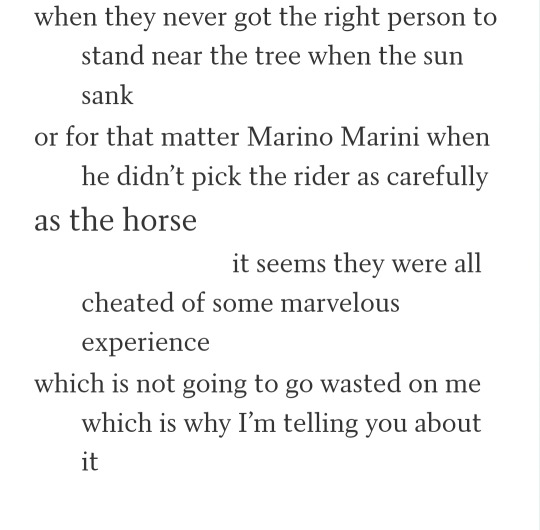Photo
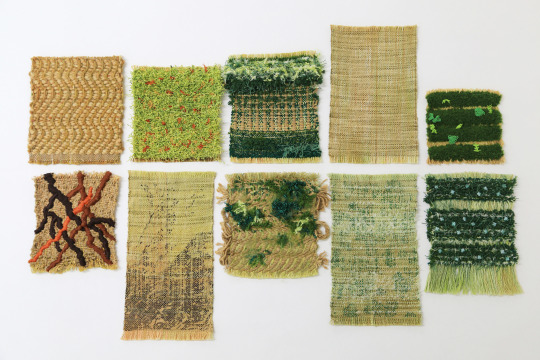

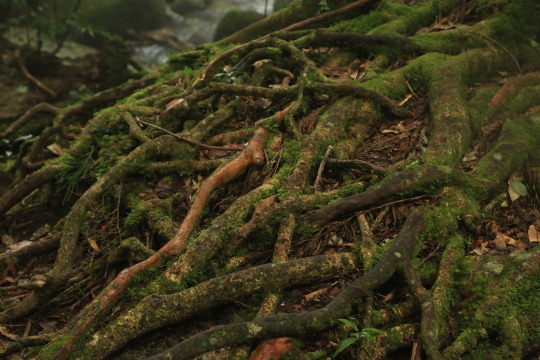
woven (and combined technique) sample collection inspired by primary forest in Yakushima, Japan. All yarns except embroidery threads are hand dyed or painted.
50K notes
·
View notes
Text


A selection of "ornaments" marketed to printers by American Type Founders Co. in Inland Printer v.24 (1899:Oct.-1900:Mar.). From the text: "The ornaments here shown were collected by Will Bradley, the artist, many of them being from medieval sources, and designed by him with especial reference to the requirements of modern typography." Full text here.
842 notes
·
View notes
Text

"the world" tarot card, 2023, inspired by excalibur (1981)
224 notes
·
View notes
Text

Helen Frankenthaler, Concerto, 1982,
Acrylic on canvas,
53 x 39¼ in (134.6 x 99.7 cm)
Courtesy: Christie's
4K notes
·
View notes
Text
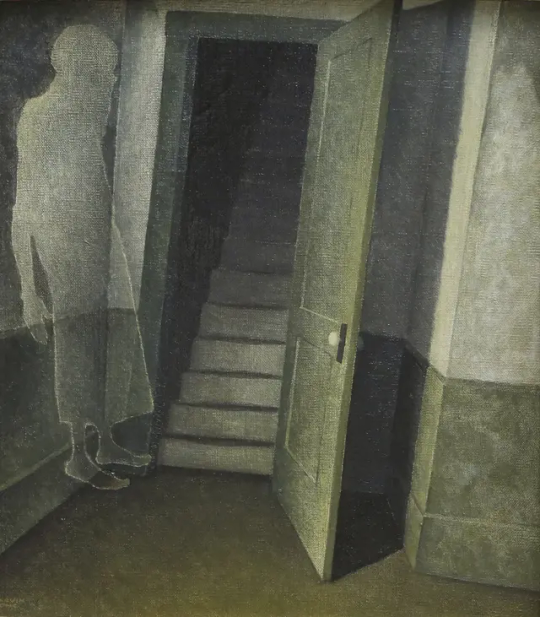
Marvin Dorwart Cone (1891–1965) - Anniversary, 1938
oil on canvas
727 notes
·
View notes
Text


Alice Brasser, Lake Horse (2024) and Sea Horse (2024). Oil on paper.
3 notes
·
View notes
Text

Zinaida Serebriakova, Harvest (1915).
1 note
·
View note
Photo
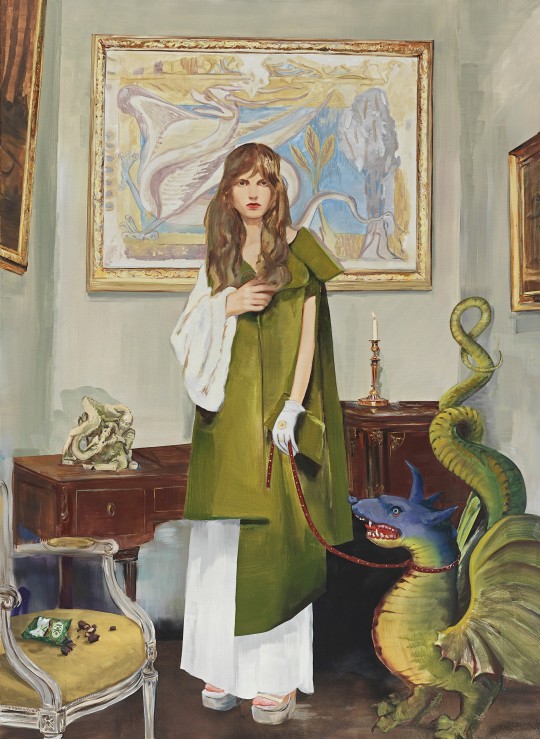
Paulina Ołowska — Principia and Her Pet (oil on canvas, 2021)
5K notes
·
View notes
Text

Lowland , Fog - Alice Brasser , 2023.
Dutch, b. 1965 -
Oil on perspex on wood , 20 x 17 cm.
567 notes
·
View notes
Photo



— THEODORA ALLEN, from Monuments / Weald (Weald is the old English word for forest.) Oil and watercolour on linen.
5K notes
·
View notes
Text



The Green Room: The Flowered Dress, Édouard Vuillard / Vanishing Woman, Katherine Spindler / Bar Boy, Salman Toor
4K notes
·
View notes
Text

Photo from alicelascelles's book The Martini: The Ultimate Guide to a Cocktail Icon.
Source: x
6K notes
·
View notes










